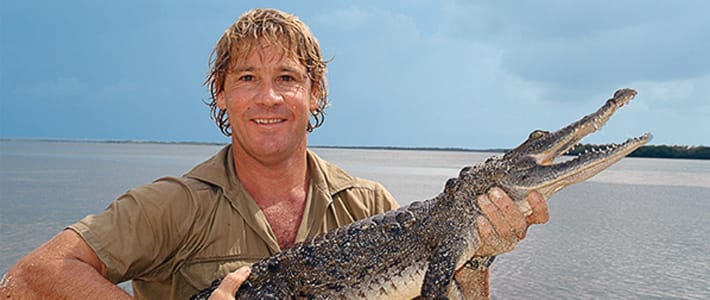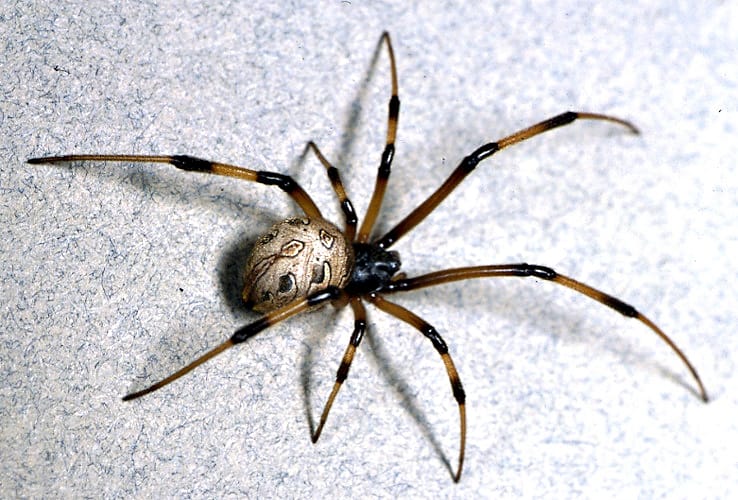Flicking off the fear switch
Some people are afraid of nothing. They should try a thermodynamics exam. That would scare them.

“You asked me once, what was in Room 101. I told you that you knew the answer already. Everyone knows it. The thing that is in Room 101 is the worst thing in the world.”
Room 101: a setting from Orwell’s Nineteen Eighty-Four, the room where everyone’s worst fear is contained. For the protagonist Winston Smith it was rats. For others it might be as sensible as snakes, or as bizarre as flowers. Say what you will, but everyone has some sort of fear.
Or do they? In the United States a woman, known only as S.M., has Urbach-Wiethe (UW) disease, an incredibly rare genetic disorder with only 300 or so cases recorded in medical literature. One of the symptoms in UW disease is the destruction of the amygdalae, almond-shaped groups of nuclei embedded within the brain.
The main impact of this destruction is the complete absence of fear within patient S.M. A group of scientists attempted to scare her with, amongst other things, poisonous snakes and arachnids, horror films and haunted houses. Long story short they failed miserably. They couldn’t perturb S.M. Only recently have researches found something that does trigger a fear response in UW sufferers: high concentrations of carbon dioxide in the blood. The fear of suffocation, simulated by breathing in high quantities of carbon dioxide, prompted the patients to feel fear for the first time in their lives. This suggests that the amygdalae, whilst important, are not exclusively the domain of the fear response.

However unpleasant fear may be S.M.’s case highlights the role it has to play in human survival from an evolutionary psychological standpoint: S.M.’s lack of fear has led her to handle dangerous animals that most sane people would seek to avoid. Just as pain is a protective mechanism to stop us from inflicting further damage upon ourselves fear probably had a role to play in preventing early humans from running headlong into danger. Fears of snakes, spiders and other such creatures is likely a throwback from those times, and partly explains why people such as Europeans still display seemingly irrational fear responses towards harmless European animals.
But what if, using knowledge from S.M. and other UW sufferers, we could ‘shut off’ fear? Create super soldiers capable of fearlessly charging into battle? Fire fighters who run headlong into burning buildings? Despite damage to her amygdala S.M. is otherwise normal. Already people display a complete absence of fear in certain extraordinary situations (sometimes called aphobia). This pushes them to otherwise impossible extremes. Selectively being able to dampen or even eliminate fear in this manner could prove extraordinarily useful.
Such an on/off switch to fear would have to be carefully controlled. As handy as such a switch might be a complete lack of fear also means no longer fearing death. Already serving soldiers, fire fighters, and those in other high-risk occupations put their lives on the line. Hypothetical users of a fear switch would have to accept that their lives would be placed at even higher risk.
But controlling fear is still some way off. As the case of S.M. shows the amygdala plays a large role in controlling fear, but its function would need to be clearly understood before it could be efficiently turned on and off ‘as needed’. In the meantime you’ll just have to man up and ignore that innocent garden spider in the corner of your room. The little guy isn’t going to hurt you.







